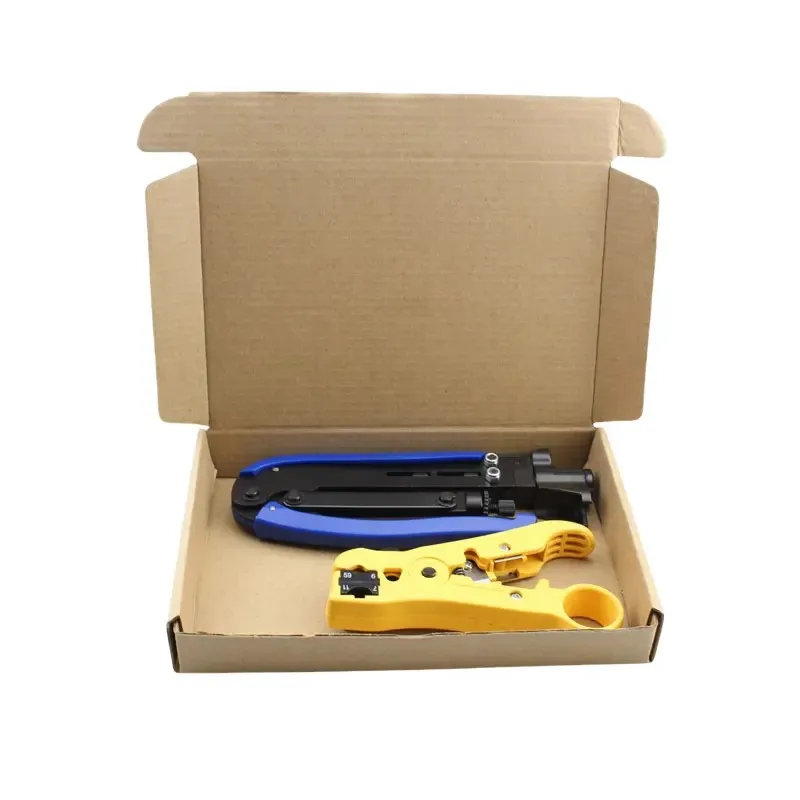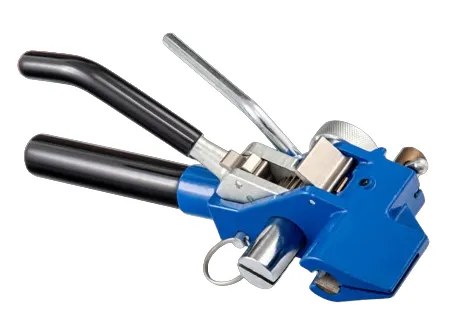
-
 Afrikaans
Afrikaans -
 Albanian
Albanian -
 Amharic
Amharic -
 Arabic
Arabic -
 Armenian
Armenian -
 Azerbaijani
Azerbaijani -
 Basque
Basque -
 Belarusian
Belarusian -
 Bengali
Bengali -
 Bosnian
Bosnian -
 Bulgarian
Bulgarian -
 Catalan
Catalan -
 Cebuano
Cebuano -
 Corsican
Corsican -
 Croatian
Croatian -
 Czech
Czech -
 Danish
Danish -
 Dutch
Dutch -
 English
English -
 Esperanto
Esperanto -
 Estonian
Estonian -
 Finnish
Finnish -
 French
French -
 Frisian
Frisian -
 Galician
Galician -
 Georgian
Georgian -
 German
German -
 Greek
Greek -
 Gujarati
Gujarati -
 Haitian Creole
Haitian Creole -
 hausa
hausa -
 hawaiian
hawaiian -
 Hebrew
Hebrew -
 Hindi
Hindi -
 Miao
Miao -
 Hungarian
Hungarian -
 Icelandic
Icelandic -
 igbo
igbo -
 Indonesian
Indonesian -
 irish
irish -
 Italian
Italian -
 Japanese
Japanese -
 Javanese
Javanese -
 Kannada
Kannada -
 kazakh
kazakh -
 Khmer
Khmer -
 Rwandese
Rwandese -
 Korean
Korean -
 Kurdish
Kurdish -
 Kyrgyz
Kyrgyz -
 Lao
Lao -
 Latin
Latin -
 Latvian
Latvian -
 Lithuanian
Lithuanian -
 Luxembourgish
Luxembourgish -
 Macedonian
Macedonian -
 Malgashi
Malgashi -
 Malay
Malay -
 Malayalam
Malayalam -
 Maltese
Maltese -
 Maori
Maori -
 Marathi
Marathi -
 Mongolian
Mongolian -
 Myanmar
Myanmar -
 Nepali
Nepali -
 Norwegian
Norwegian -
 Norwegian
Norwegian -
 Occitan
Occitan -
 Pashto
Pashto -
 Persian
Persian -
 Polish
Polish -
 Portuguese
Portuguese -
 Punjabi
Punjabi -
 Romanian
Romanian -
 Russian
Russian -
 Samoan
Samoan -
 Scottish Gaelic
Scottish Gaelic -
 Serbian
Serbian -
 Sesotho
Sesotho -
 Shona
Shona -
 Sindhi
Sindhi -
 Sinhala
Sinhala -
 Slovak
Slovak -
 Slovenian
Slovenian -
 Somali
Somali -
 Spanish
Spanish -
 Sundanese
Sundanese -
 Swahili
Swahili -
 Swedish
Swedish -
 Tagalog
Tagalog -
 Tajik
Tajik -
 Tamil
Tamil -
 Tatar
Tatar -
 Telugu
Telugu -
 Thai
Thai -
 Turkish
Turkish -
 Turkmen
Turkmen -
 Ukrainian
Ukrainian -
 Urdu
Urdu -
 Uighur
Uighur -
 Uzbek
Uzbek -
 Vietnamese
Vietnamese -
 Welsh
Welsh -
 Bantu
Bantu -
 Yiddish
Yiddish -
 Yoruba
Yoruba -
 Zulu
Zulu


TEL:
0086-311-88862036
Փտր . 08, 2025 06:28 Back to list
Cable Drum Jacks
Understanding the intricacies of shackles and anchor types can greatly enhance the decision-making process when selecting the appropriate equipment for marine, towing, or heavy-lifting applications. Each component's unique properties contribute significantly to the overall performance and safety of operations, necessitating a closer examination rooted in real-world experience and expertise.
The process of selecting the most suitable shackle and anchor type is equally influenced by load capacity considerations, where miscalculations can contribute to catastrophic failures. Experience underscores the importance of adhering to specific Working Load Limits (WLL) provided by manufacturers, which establishes a critical threshold not to be exceeded under normal working conditions. Moreover, an authoritative understanding of shackle characteristics should incorporate trustworthiness in terms of certification and adherence to recognized industry standards, such as those stipulated by the American Society for Testing and Materials (ASTM) or the European Union's CE marking. These standards ensure a product's traceability and material quality, offering peace of mind to users who might otherwise face unforeseen challenges. A pivot in preference often occurs when seasoned professionals share insights gathered from their direct experiences, shaping the future preferences for shackle anchor types. Their firsthand accounts offer a credible perspective on new materials, pin innovations, and evolving design standards that merely theoretical explanations might miss. In conclusion, anchoring choices hinge upon a balance of real-world applications, expert insights, product integrity, and stringent adherence to quality certifications. Each factor collectively assures that the shackle's performance aligns with the demanding conditions encountered, whether underwater, over rugged terrains, or amidst industrial rigging challenges. Embracing an optimized choice rewards stakeholders with enhanced safety, operational efficacy, and augmented trust in their chosen equipment, derived from both a comprehensive understanding and a commendable track record.


The process of selecting the most suitable shackle and anchor type is equally influenced by load capacity considerations, where miscalculations can contribute to catastrophic failures. Experience underscores the importance of adhering to specific Working Load Limits (WLL) provided by manufacturers, which establishes a critical threshold not to be exceeded under normal working conditions. Moreover, an authoritative understanding of shackle characteristics should incorporate trustworthiness in terms of certification and adherence to recognized industry standards, such as those stipulated by the American Society for Testing and Materials (ASTM) or the European Union's CE marking. These standards ensure a product's traceability and material quality, offering peace of mind to users who might otherwise face unforeseen challenges. A pivot in preference often occurs when seasoned professionals share insights gathered from their direct experiences, shaping the future preferences for shackle anchor types. Their firsthand accounts offer a credible perspective on new materials, pin innovations, and evolving design standards that merely theoretical explanations might miss. In conclusion, anchoring choices hinge upon a balance of real-world applications, expert insights, product integrity, and stringent adherence to quality certifications. Each factor collectively assures that the shackle's performance aligns with the demanding conditions encountered, whether underwater, over rugged terrains, or amidst industrial rigging challenges. Embracing an optimized choice rewards stakeholders with enhanced safety, operational efficacy, and augmented trust in their chosen equipment, derived from both a comprehensive understanding and a commendable track record.
Next:
Latest news
What Are Construction Tools and How Are They Used?
NewsJul.11,2025
Professional-Grade Duct Rodding Tools for Superior Cable Installation
NewsJul.11,2025
Enhancing Safety and Efficiency with Modern Hot Stick Solutions
NewsJul.11,2025
Empowering Cable Installation with Advanced Rodder Solutions
NewsJul.11,2025
Elevate Your Cable Installation Projects with Cable Pulling Tools
NewsJul.11,2025
Efficient Cable Handling Solutions: Cable Rollers for Sale
NewsJul.11,2025
Copyright © 2025 Shijiazhuang Bilo Import and Export Trading Co., Ltd. All Rights Reserved. Sitemap | Privacy Policy

BlLo lmport & Éxport is specialized in power and cable equipment andconsiruction tools,Qur main producis are FRP
duct rodder, cable rollerscable pulling winch, cable drum jack, cable pulling sock, etc.
Copyright © 2025 Shijiazhuang Bilo Import and Export Trading Co., Ltd. All Rights Reserved. Sitemap | Privacy Policy










